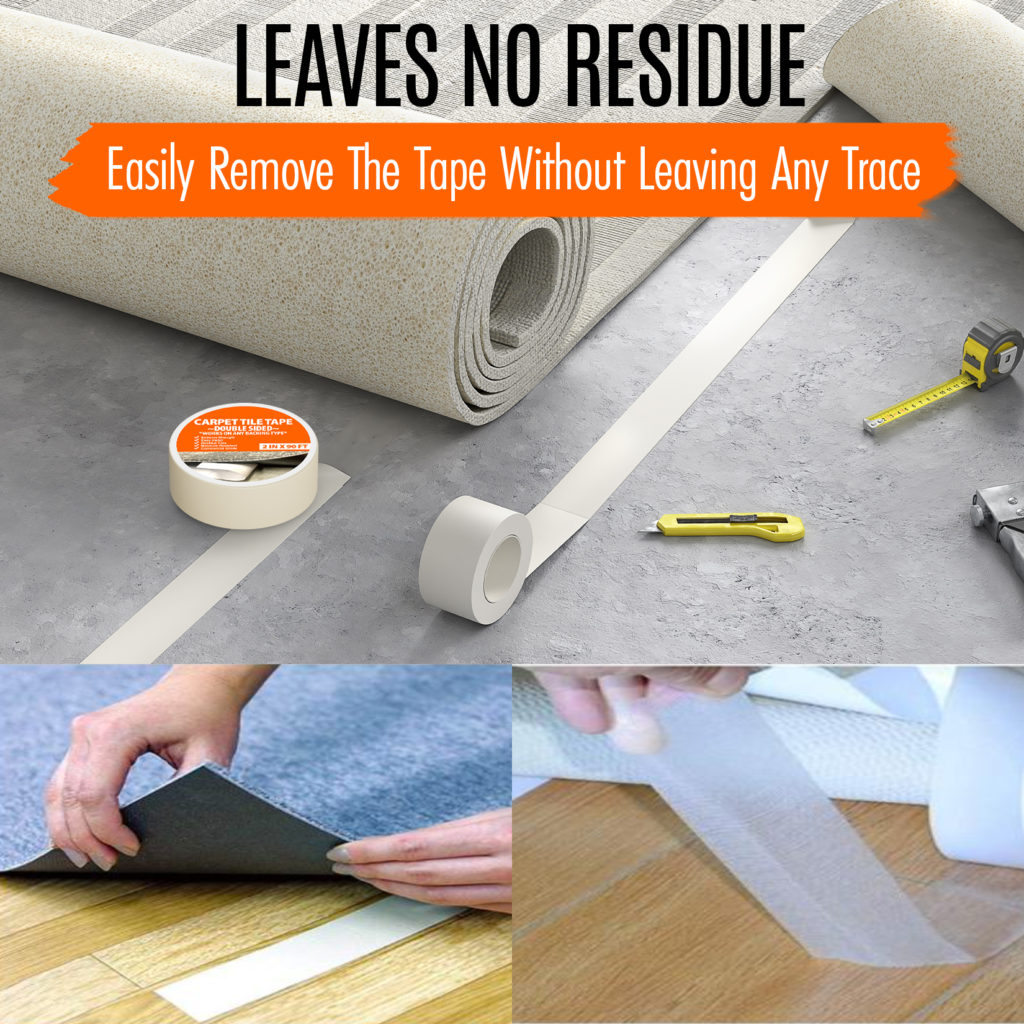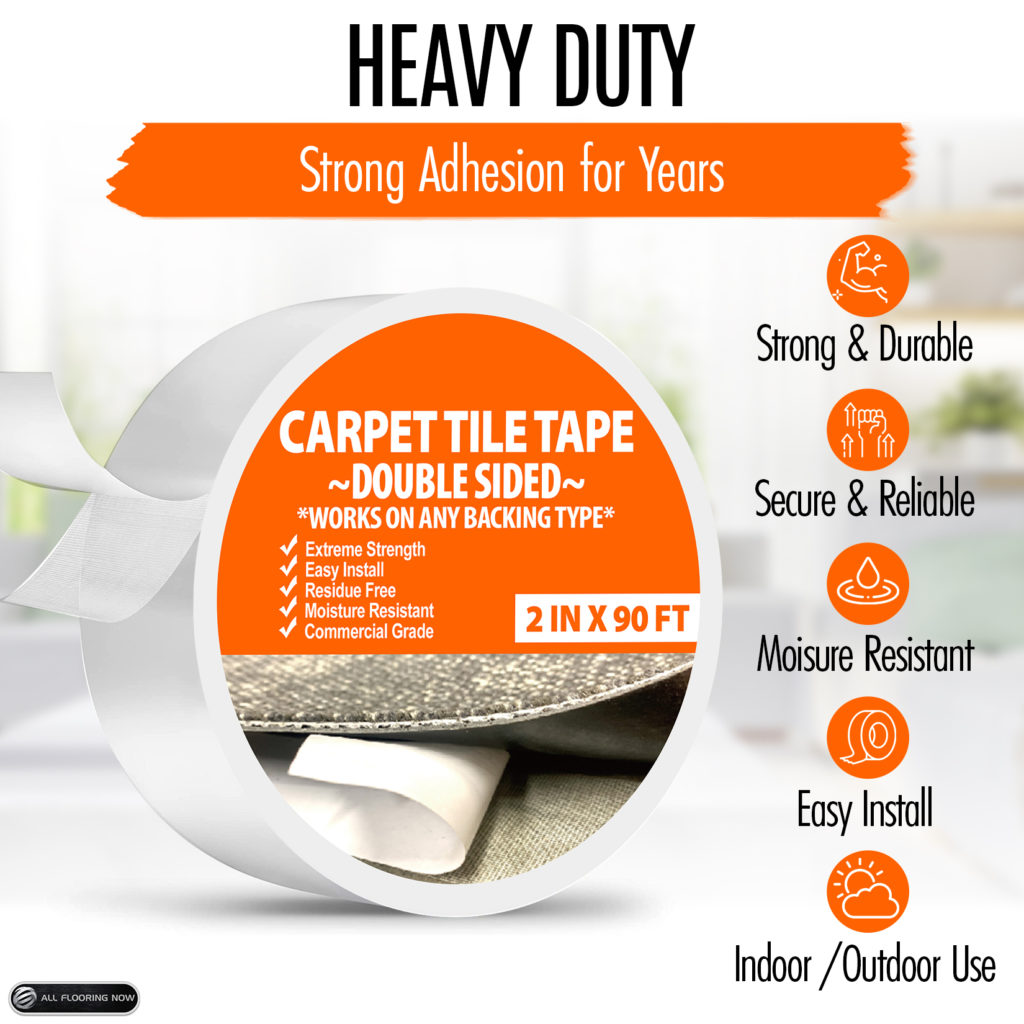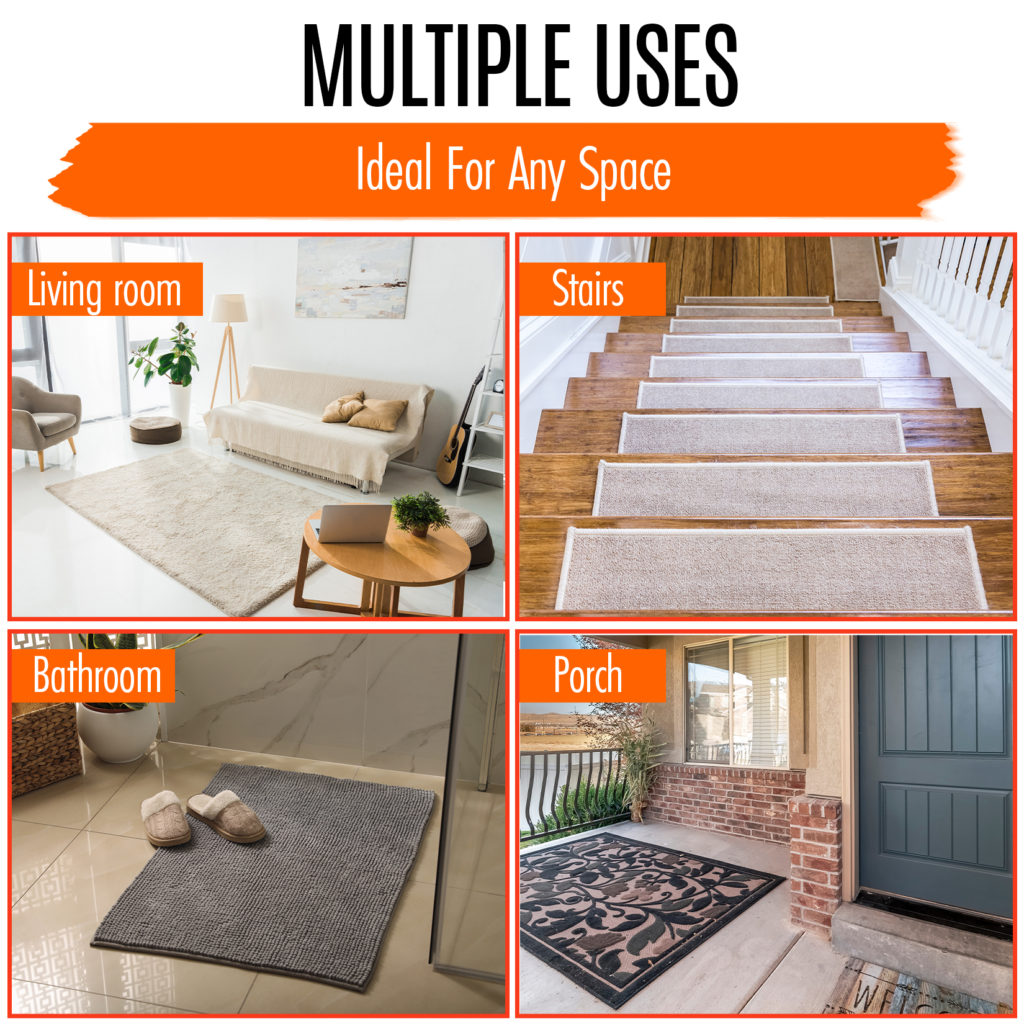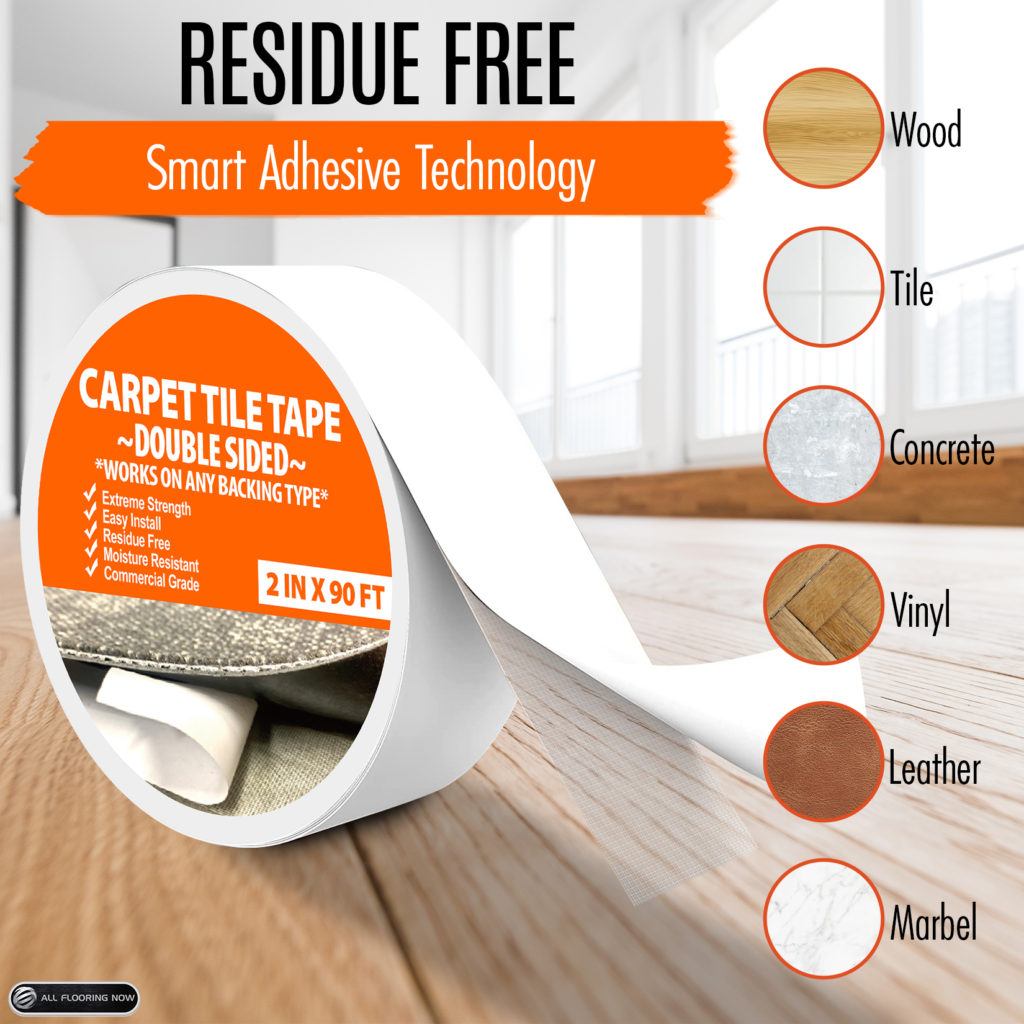DIY Carpet Repair with Carpet Tape: Fixing Tears and Loose Edges Like a Pro
Carpets add warmth, comfort, and aesthetic appeal to our homes, making them a popular flooring choice. However, over time, carpets can experience wear and tear, resulting in tears, fraying edges, or loose seams. Instead of replacing the entire carpet, you can save time and money by repairing these issues with double sided carpet tape. In this article, we'll explore how to perform DIY carpet repair using carpet tape, enabling you to fix tears and loose edges like a pro.
Assessing the Damage
Before beginning the repair, carefully assess the extent of the damage. Determine the size and location of tears, frayed edges, or loose seams. Mild damage can often be fixed with carpet tape, but severe or large tears may require professional assistance or carpet replacement.
Materials Needed
- Carpet tape (double-sided or single-sided, depending on the repair)
- Scissors or utility knife
- Straightedge or ruler
- Carpet seam roller (optional but helpful for better adhesion)
- Heavy object or books to weigh down the repaired area
DIY Carpet Repair for Tears
Step 1: Clean and Prepare the Area
Ensure the area around the tear is clean and free of debris. Vacuum the carpet and use a damp cloth to remove any dirt or dust. Dry the area thoroughly before proceeding.
Step 2: Cut the Carpet Tape
Measure the length of the tear and cut a piece of carpet tape to match the size of the damaged area. For tears longer than the width of the tape, use multiple pieces to cover the entire length.
Step 3: Apply the Carpet Tape
Carefully lift the edges of the tear and place the carpet tape underneath. Press down firmly to secure the tape to the carpet backing. If using double-sided tape, remove the backing to expose the adhesive and adhere the tear edges together.
Step 4: Press and Seal
Use a carpet seam roller or your fingers to press the repaired area firmly, ensuring the adhesive bond is strong. Smooth out any wrinkles or bubbles in the carpet surface for a seamless finish.
DIY Carpet Repair for Loose Edges or Seams
Step 1: Clean and Prepare the Area
Clean the area around the loose edge or seam using a vacuum and a damp cloth. Ensure the surface is dry before proceeding with the repair.
Step 2: Lift and Position the Carpet Edge
Gently lift the loose edge or seam of the carpet to create a gap. Apply carpet tape along the length of the gap. If using double-sided tape, remove the backing to expose the adhesive.
Step 3: Press and Secure
Carefully press the carpet edge down onto the tape, ensuring a secure bond. Use a carpet seam roller or your hands to smooth out the carpet and ensure a flat, even surface.
Step 4: Weigh Down the Repaired Area
To enhance the adhesion of the carpet tape, place a heavy object or stack of books on top of the repaired area for a few hours. This pressure helps the tape bond firmly to the carpet fibers and backing.
Tips for Successful DIY Carpet Repair
-
Choose the Right Carpet Tape: Select a carpet tape suitable for the specific repair. Double-sided tape works well for fixing tears or attaching loose edges, while single-sided tape is ideal for joining seams.
-
Match the Carpet Tape to the Carpet Color: Opt for carpet tape that closely matches the color of your carpet to ensure a discreet repair. Some carpet tapes are available in various colors to better blend with different carpet shades.
-
Take Care with Patterned Carpets: When repairing patterned carpets, pay attention to aligning the pattern correctly during the repair process. Ensure the pattern on the repaired area matches the surrounding carpet for a seamless look.
-
Test the Carpet Tape on a Small Area: Before starting the actual repair, test the carpet tape on a small inconspicuous area to ensure it adheres well and does not damage the carpet fibers.
-
Avoid Overstretching the Carpet Tape: Be gentle when stretching the carpet tape to avoid weakening the adhesive bond. Overstretching can cause the tape to lose its holding capacity over time.
-
Trim Excess Carpet: If the carpet has frayed edges beyond the repaired area, trim the loose fibers carefully with scissors to create a neater appearance.
- Consider Professional Help for Complex Repairs: For extensive damage or complicated repairs, it may be best to seek professional assistance from a carpet repair specialist.
DIY carpet repair with double sided carpet tape is a cost-effective and straightforward solution to fix tears, frayed edges, or loose seams in your carpets. By following these pro tips and using the right carpet tape, you can restore the beauty and functionality of your carpets like a seasoned professional. Remember to assess the damage carefully, prepare the area adequately, and apply the tape with precision for a seamless finish. With a little effort and the right tools, you can prolong the life of your carpets and enjoy a well-maintained and attractive flooring for years to come.








